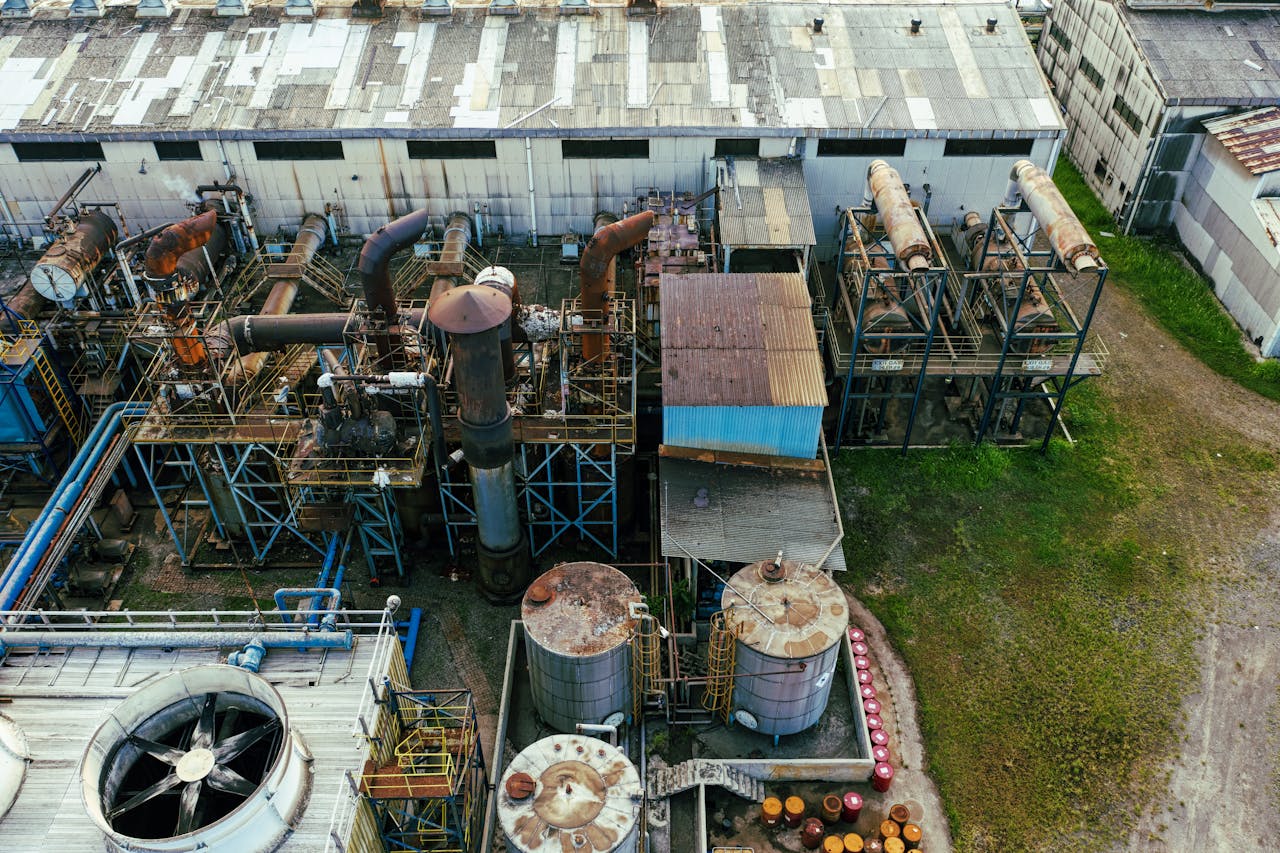A two-inch mistake doesn’t sound catastrophic—until it shuts down a 400-psig steam system, costs $340,000 in emergency repairs, and halts production for 72 hours. Unfortunately, this isn’t an isolated incident. Industry data shows that 78 percent of steam expansion joint failures can be traced back to incorrect initial sizing. The reality is clear: getting the expansion joint for steam piping right from the start isn’t optional—it’s mission-critical.
That’s why Zepco developed a systematic, five-step methodology designed to eliminate the guesswork that plagues traditional “rule-of-thumb” sizing. For piping engineers, plant managers, and mechanical designers, this approach transforms a high-risk calculation into a defensible, precise engineering process that prevents costly installation errors.
Step 1: Calculate Thermal Movement with Precision
Steam is dynamic—it moves, cycles, and expands under conditions ranging from 212°F to well over 1000°F. Accurately sizing an expansion joint for steam piping starts with quantifying that thermal growth. Using the fundamental equation (ΔL = α × L × ΔT), engineers calculate exact linear movement. But accuracy requires more than plugging numbers into a formula.
Neglecting real-world factors—installation temperature, fixed support effects, or multi-directional vectors—creates blind spots. Zepco’s engineers integrate computer-aided FEA checks with EJMA and ASME verification to ensure the thermal movement analysis is bulletproof, not just theoretical.
Step 2: Analyze Pressure to Define Structural Integrity
Steam pressure isn’t static—it cycles, surges, and stresses every convolution of an expansion joint. Correct sizing means evaluating not only operating and design pressures but also emergency relief loads and hydrostatic testing conditions.
An underdesigned joint risks catastrophic rupture; an oversized one creates unnecessary pressure thrust loads on piping anchors. Zepco’s methodology ensures each expansion joint for steam piping is structurally optimized—balancing bellows thickness, convolution geometry, and reinforcement to handle real-world loads.
Step 3: Select the Right Material for Steam Conditions
Material choice is where engineering meets reality. Carbon steel may be cost-effective, but it’s vulnerable in high-temperature cycling. Stainless steel offers reliability up to 800°F, while Inconel and Hastelloy excel in extreme thermal and corrosive environments.
Zepco’s engineers evaluate service life expectations, condensate chemistry, and fatigue cycles to specify the ideal material. This eliminates the common mistake of defaulting to “standard” alloys that fail under demanding steam service. In many cases, fabric or composite materials with ceramic layering offer superior performance when traditional metals can’t keep up.
Step 4: Engineer the Configuration, Not Just the Component
Even the best expansion joint fails if it’s placed incorrectly. System configuration—anchor points, guide spacing, condensate drainage, and insulation—must integrate with the joint. Universal and gimbal configurations often outperform single joints in complex routing, while pressure-balanced systems prevent thrust overloads.
By analyzing support systems and accessibility needs, Zepco ensures every expansion joint for steam piping is not only the right size but also the right fit for its operating environment. This holistic design approach is what prevents stress concentrations, vibration issues, and premature fatigue.
Step 5: Verify and Validate Before Installation
Sizing errors are expensive. That’s why Zepco closes the loop with rigorous validation—peer reviews, code compliance checks, and manufacturer verification. Every calculation package includes documented assumptions, unit consistency checks, and configuration drawings that meet professional engineering standards.
This final step transforms theoretical sizing into practical certainty. It’s the difference between a $125,000 emergency replacement and decades of reliable service.
Why Zepco’s Method Matters
Steam system engineers can’t afford shortcuts. A single miscalculation ripples through operations, causing downtime, lost revenue, and safety risks. Zepco’s expansion joint for steam piping methodology is designed to prevent those outcomes—delivering precise, code-compliant solutions that engineers can defend with confidence.
With decades of field-proven experience, Zepco provides more than just products; we provide engineering assurance. From initial calculations to installation support, our team ensures your steam systems perform reliably, efficiently, and without costly surprises.
Eliminate the Guesswork
Steam piping is unforgiving, but sizing doesn’t have to be. By following Zepco’s 5-step methodology—thermal analysis, pressure evaluation, material selection, configuration design, and final validation—engineers can eliminate the errors that cause 78 percent of failures.
The result? Expansion joints that last, systems that run, and budgets that stay intact. When it comes to sizing an expansion joint for steam piping, precision isn’t just good engineering—it’s good business.

